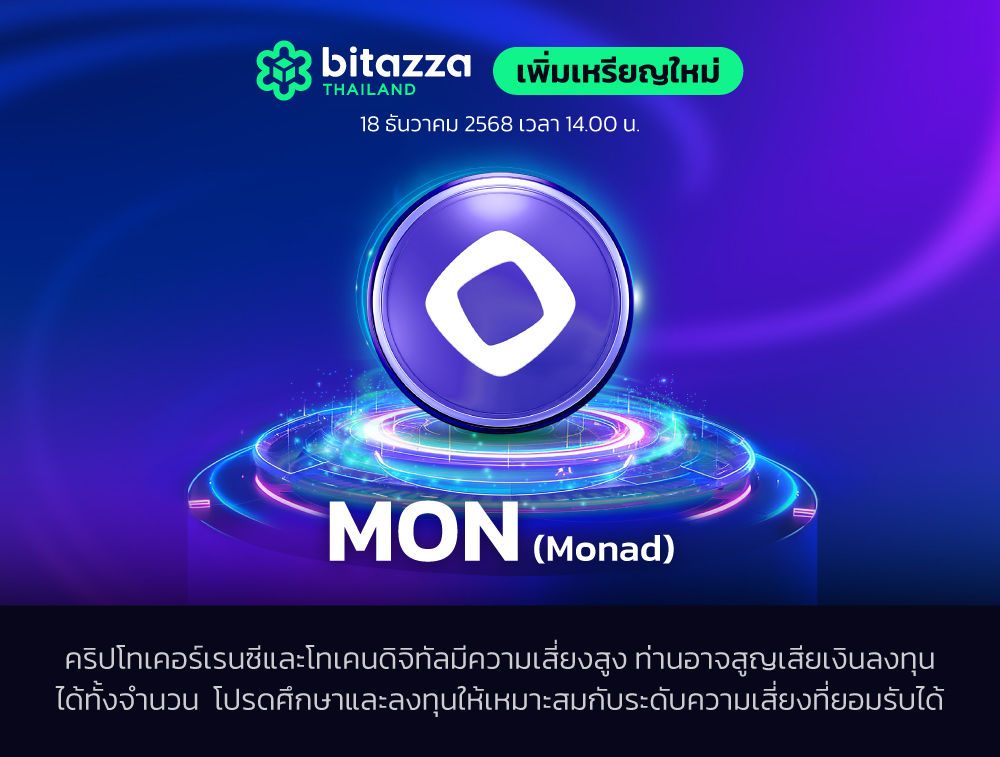Share this
What is DCA? A Cost-Averaging Investment Strategy Every Investor Should Know
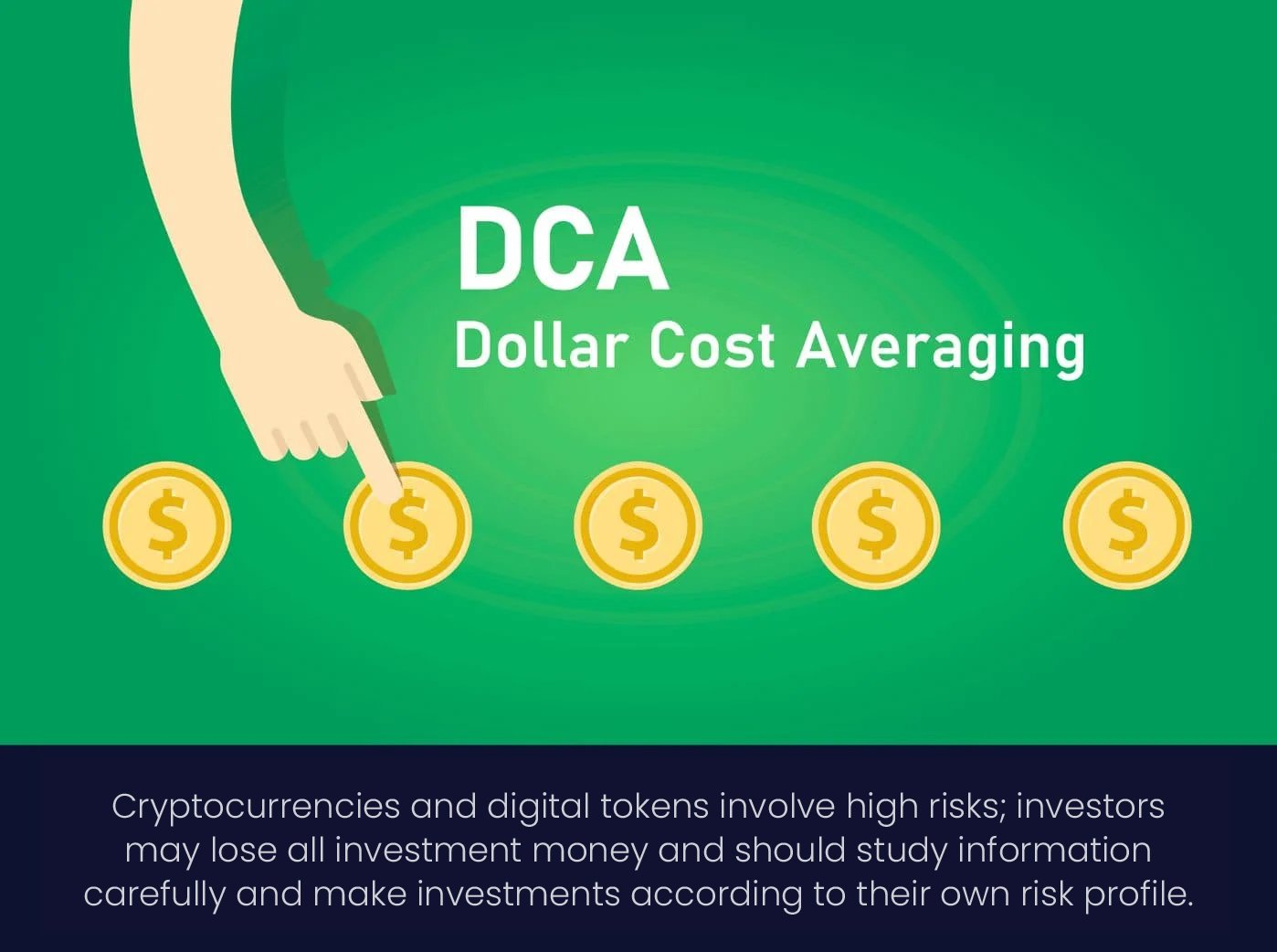
In the world of investing, there are many strategies investors use to manage risk and increase their chances of achieving good returns. One of the most popular strategies is Dollar-Cost Averaging (DCA). This strategy helps reduce the impact of market volatility and promotes consistent investment discipline.
What is DCA?
Dollar-Cost Averaging (DCA) is an investment strategy where investors divide their capital into equal portions and invest in a target asset at regular intervals—whether weekly, monthly, or quarterly—regardless of the asset's current price. This method reduces the risk of investing a large sum at once during a market peak and allows investors to benefit from buying assets at different prices over time.
Using DCA, investors can purchase more when prices are low and less when prices are high, reducing the impact of market volatility. It also builds consistent investment habits and reduces the stress of trying to time the market.
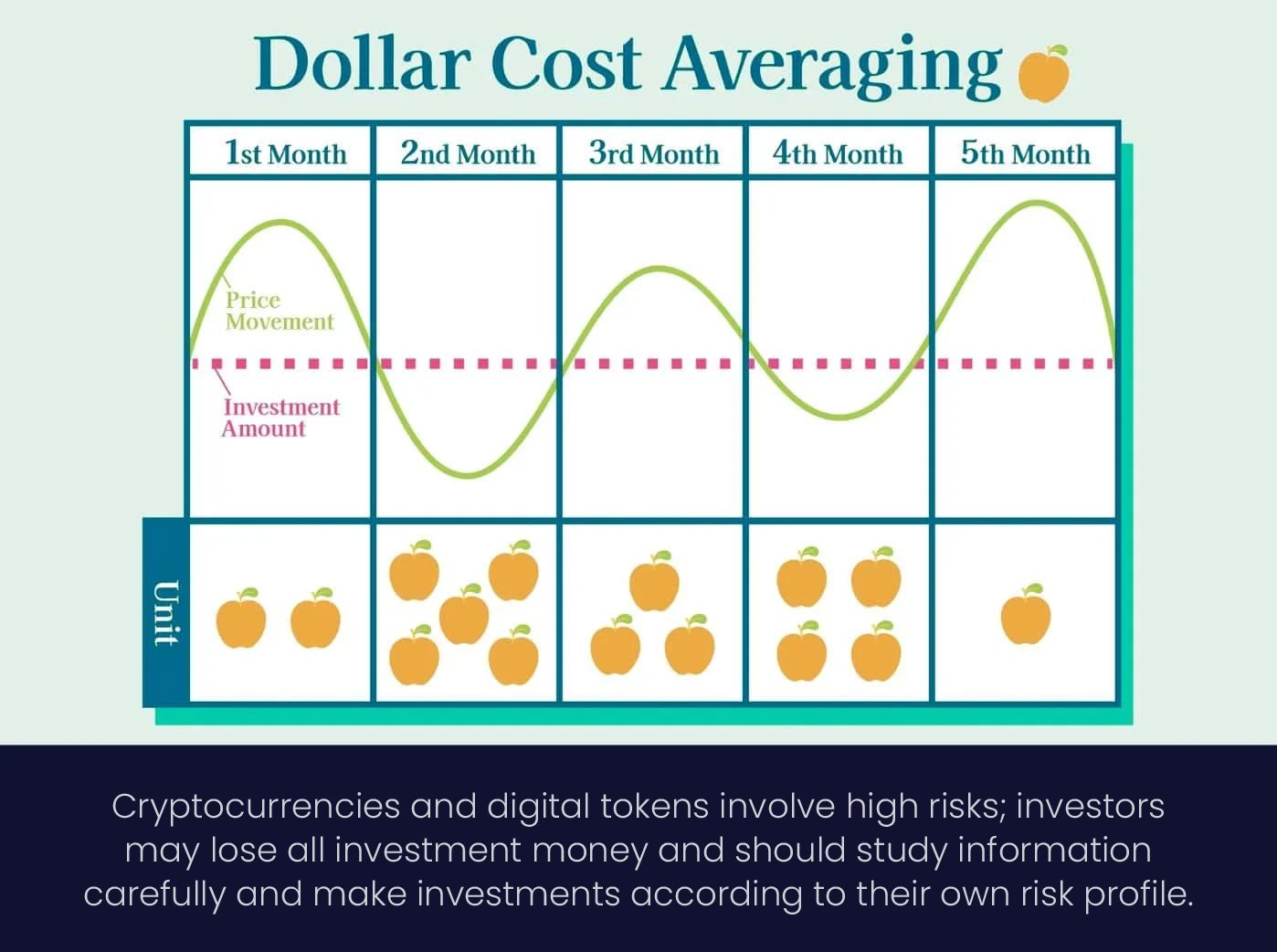
How to DCA
Dollar-Cost Averaging is a strategy that helps investors reduce risk from market fluctuations and build consistent investing habits. The main principle is to invest a fixed amount into the same asset regularly, whether it's stocks, mutual funds, cryptocurrency, or others—regardless of price movements.
- Set a fixed investment amount per interval: Start by determining how much you can regularly invest without affecting your daily expenses. For example, if your monthly income is THB 30,000, you might invest 10% or around THB 3,000 each month. Setting a fixed amount helps you stay within budget and avoid emotional decisions like investing too much in a market boom or stopping entirely during a downturn.
- Choose your investment frequency: Weekly, monthly, or quarterly investing can all work, depending on your preference. More frequent investing (e.g., weekly) spreads your cost more evenly and helps reduce volatility. However, you should consider transaction fees, as frequent trades can increase costs. Monthly DCA is a popular choice for its balance of cost efficiency and consistency with income cycles.
- Select your investment asset or fund: Choosing the right asset is crucial. Look for assets with long-term growth potential that align with your financial goals. This could include strong blue-chip stocks, index funds, or even cryptocurrencies (if you're comfortable with the risk). Research the asset’s fundamentals, past performance, and market conditions carefully.
- Monitor and adjust your plan: Don’t forget to periodically review your portfolio—every 6 to 12 months—to ensure your investments are still aligned with your goals. If your financial situation changes, such as an increase in income, you may want to increase your DCA amount or reallocate your assets.
With patience and consistency, DCA can help generate steady returns even during bear markets. When prices fall, you’ll acquire assets at lower costs—and when the market recovers, your portfolio will grow.
Example of DCA in Crypto
Suppose you want to invest in Bitcoin (BTC) using the DCA strategy. You decide to invest THB 3,000 every month for one year. Regardless of Bitcoin's price each month, you buy BTC worth THB 3,000 consistently.
How it works:
- Decide to invest THB 3,000 per month for 12 months (THB 36,000 in total).
- Choose a fixed date (e.g., the 1st of every month).
- Buy BTC worth THB 3,000 on that date every month—no matter the price.
This DCA approach helps reduce market timing risk and builds investment discipline. However, investors should still research and choose assets with strong long-term potential and follow through with their investment plans.
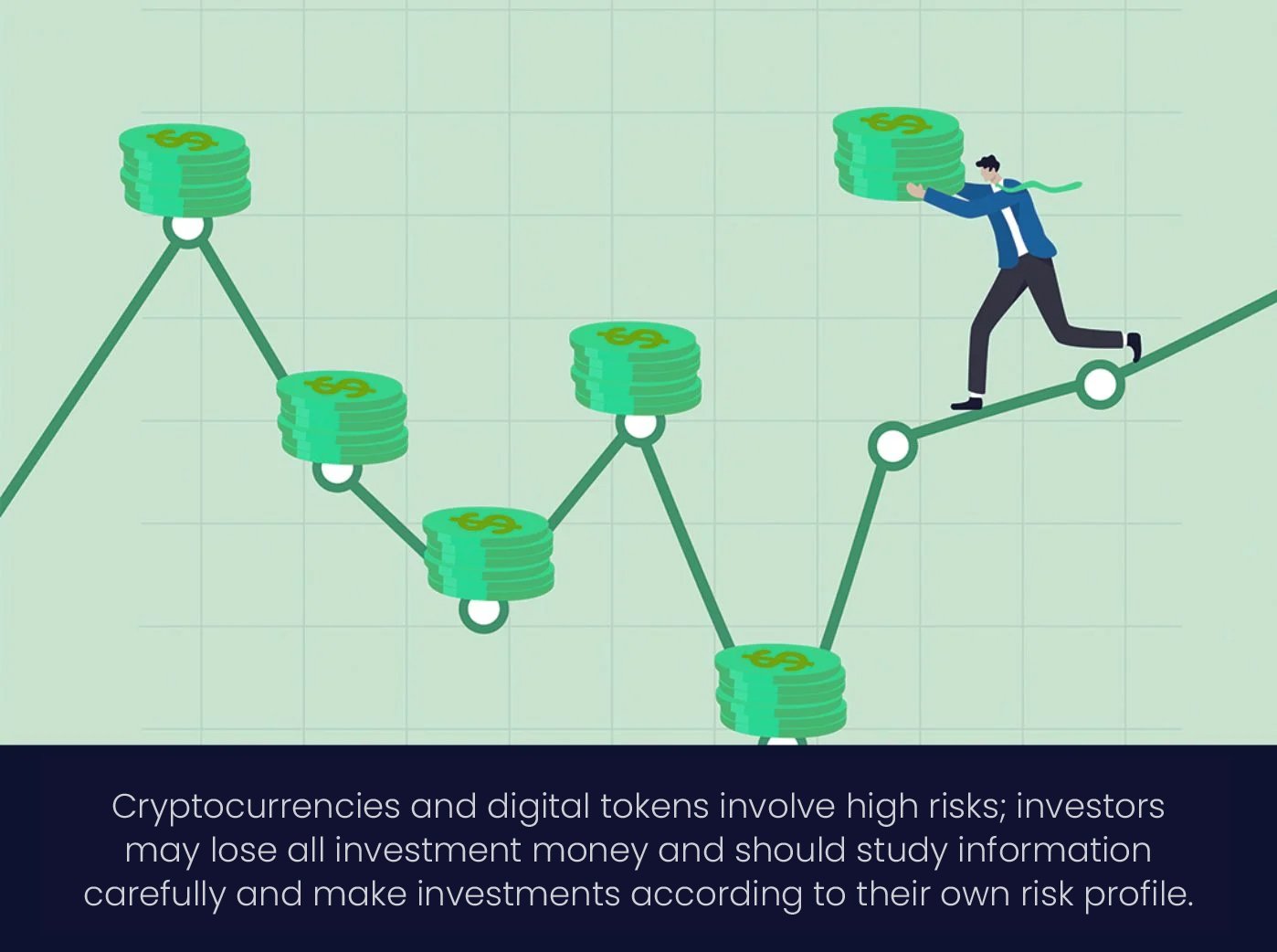
Pros of DCA
- Builds investing discipline: You follow a regular schedule, which develops good financial habits, especially for long-term savings goals.
- Reduces volatility risk: By averaging out purchase prices, DCA helps minimize the impact of short-term market swings.
- No need to time the market: You don’t need to worry about buying at the “right” moment.
- Diversifies timing risk: Spreading purchases across multiple time points reduces the risk of poor entry timing.
- Low entry barrier: You don’t need a large lump sum to start investing—small, regular contributions are enough.
Cons of DCA
- May miss gains in bull markets: If the market rises steadily, lump-sum investing might yield higher returns.
- Potential for lower returns: DCA may underperform a well-timed lump-sum investment.
- Requires discipline: Skipping scheduled investments may reduce its effectiveness.
- Not ideal for short-term goals: DCA is better suited to long-term investment strategies.
- Poor asset selection: DCA won’t compensate for investing in underperforming assets.
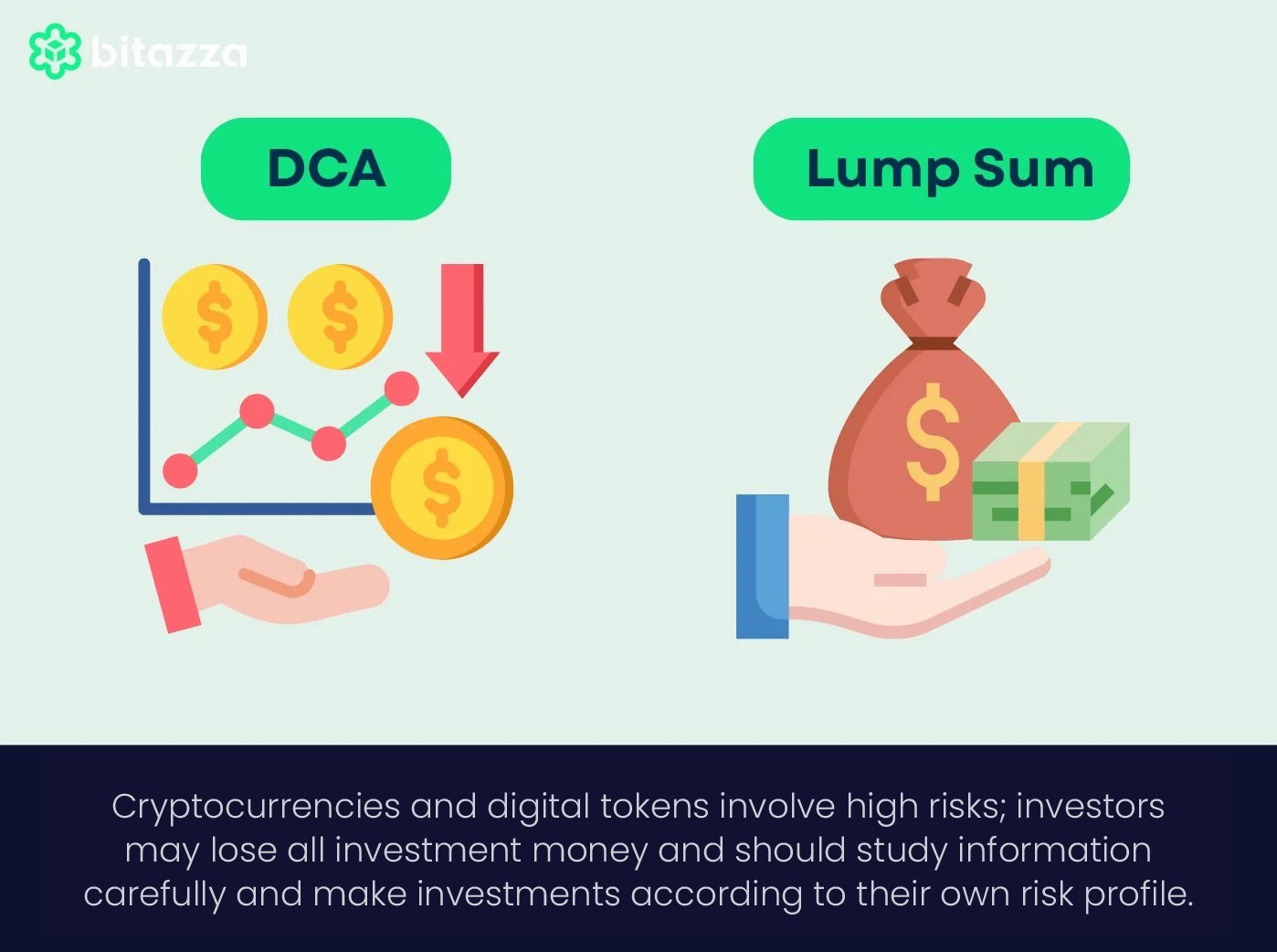
DCA vs Lump Sum Investing
|
Aspect |
Dollar-Cost Averaging (DCA) |
Lump Sum Investing |
|
Risk |
Lower risk from volatility |
Higher if market declines |
|
Convenience |
|
One-time, easy |
|
Potential returns |
May be lower in bull markets |
|
|
Best for |
Long-term, risk-averse investors |
Those who can time the market well |
|
Flexibility |
Easy to start with small amounts |
Requires large upfront capital |
Choosing between DCA and Lump Sum depends on your goals and risk tolerance. If you’re unsure about market timing or prefer gradual investing, DCA is a safer approach. If you have high risk tolerance and market insight, lump sum may yield greater rewards.
Tips for Maximizing DCA
- Set the right amount and frequency: Choose an amount you can consistently invest without strain.
- Select growth-potential assets: Choose assets with short-term volatility but long-term upside.
- Automate with DCA services: Many platforms offer DCA features that automate investing.
- Review your portfolio: Reevaluate your plan and adjust based on market conditions and life changes.
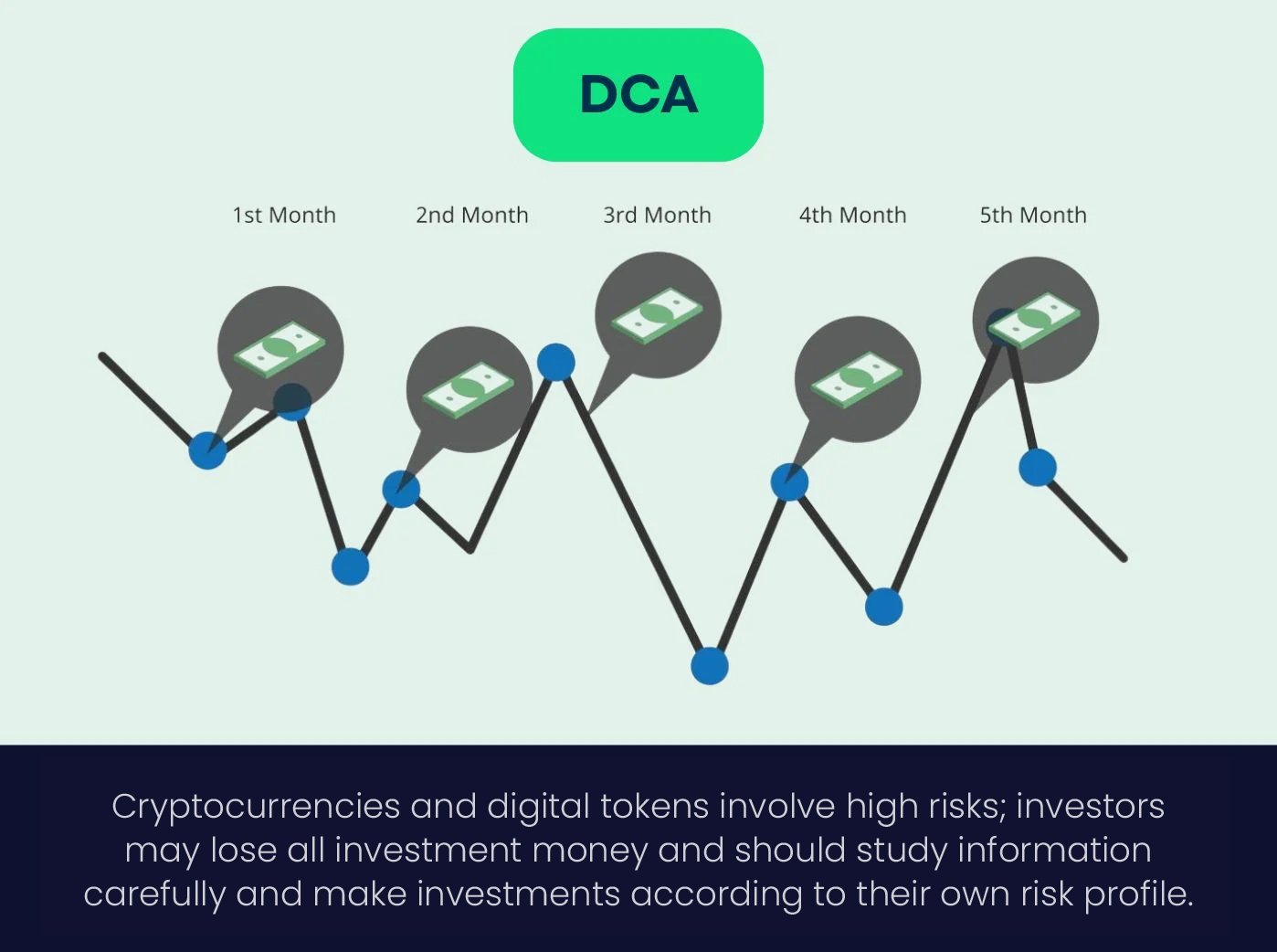
FAQs
-
Who is DCA best suited for?
Investors looking for consistency, long-term growth, and lower stress from market timing. -
Why DCA instead of lump-sum buying?
It spreads out your risk, especially when the market is volatile or uncertain. -
Should I DCA daily, weekly, or monthly?
That depends on your cash flow and transaction fees. Monthly is a common and balanced option.
Conclusion
Dollar-Cost Averaging is a solid investment strategy for reducing risk and building disciplined habits. By investing a fixed amount at regular intervals, you can gradually build a portfolio without trying to predict market movements. Especially for new investors, DCA offers a steady path toward long-term financial growth.
Disclaimers
- Cryptocurrencies and digital tokens are highly risky; investors may lose all investment money. It is important to study information carefully and invest based on your own risk profile.
- Past returns or performance of digital assets do not guarantee future returns or performance.
Remark: The views, information, knowledge, and opinions expressed herein are those of the individuals involved and do not represent the views of Bitazza or its employees. Neither this email nor the content presented constitutes investment advice.
References
Share this
- January 2026 (2)
- December 2025 (15)
- November 2025 (5)
- October 2025 (13)
- September 2025 (9)
- August 2025 (12)
- July 2025 (19)
- June 2025 (11)
- May 2025 (11)
- April 2025 (15)
- March 2025 (11)
- February 2025 (15)
- January 2025 (9)
- December 2024 (10)
- November 2024 (8)
- October 2024 (9)
- September 2024 (7)
- August 2024 (16)
- July 2024 (3)
- June 2024 (46)
Subscribe by email
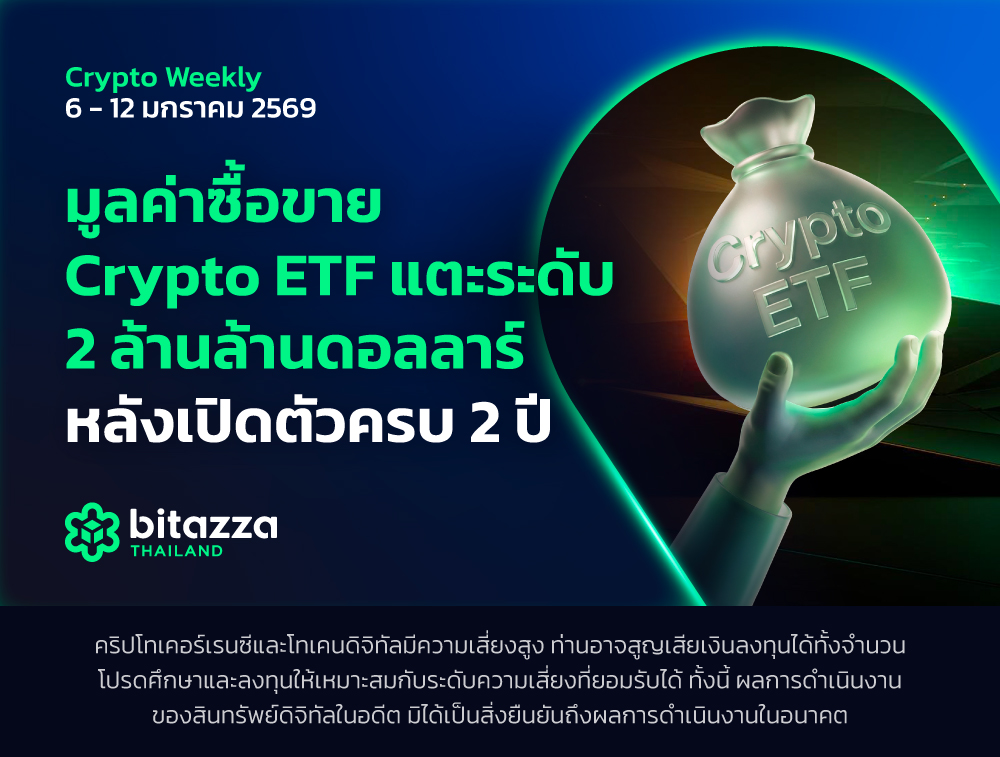
มูลค่าซื้อขาย Crypto ETF แตะระดับ 2 ล้านล้านดอลลาร์หลังเปิดตัวครบ 2 ปี
.jpg)
ระบบนิเวศของ Ledger Wallet 7 ฟีเจอร์สำคัญที่คุณควรรู้
.jpg)
Bitazza Thailand x Ledger: Learn & Trade รับ Hardware Wallet 6 รางวัล!

Bitwise คาด Bitcoin อาจทำจุดสูงสุดใหม่ในปี 2569
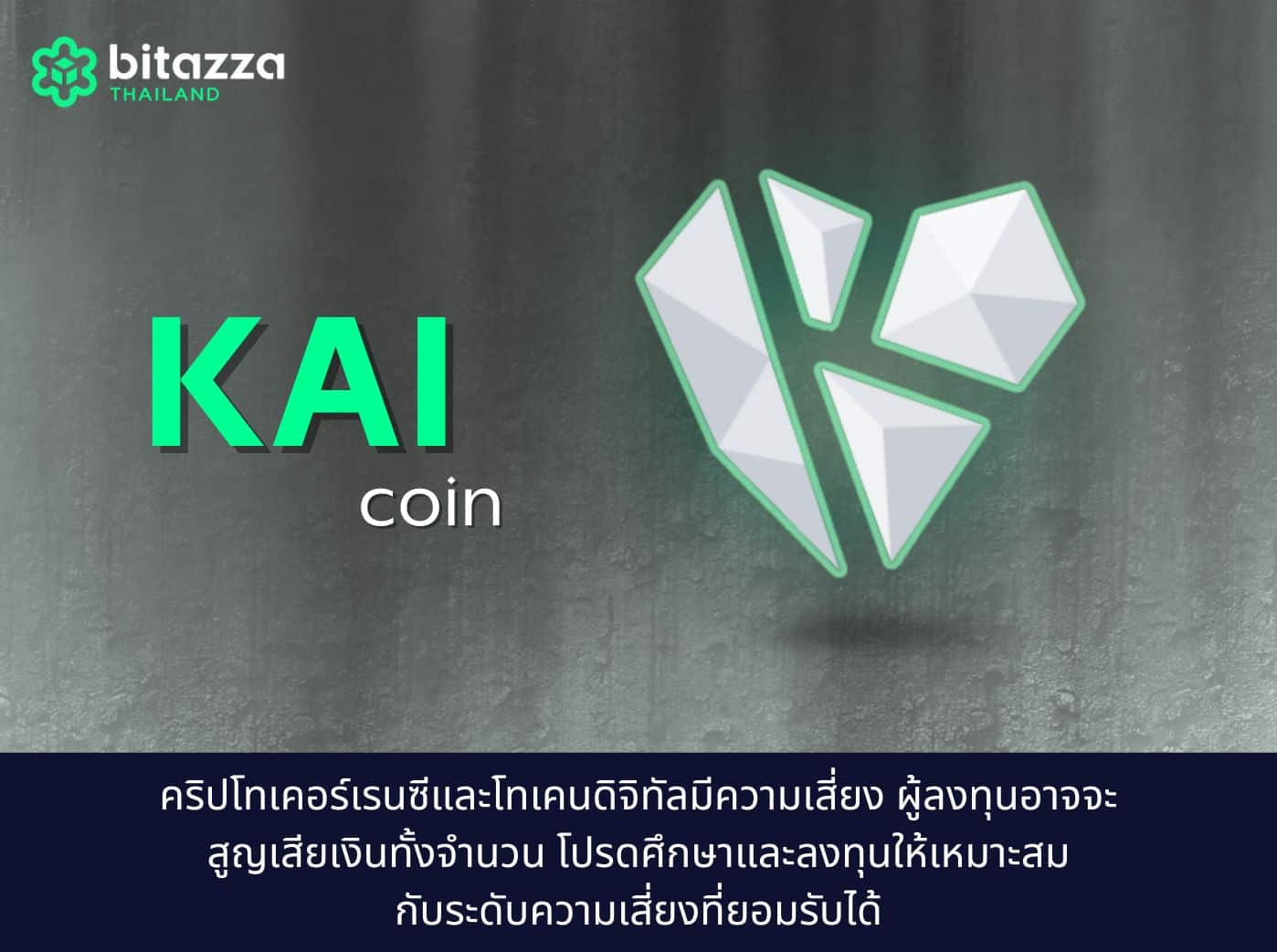
KAI Coin คืออะไร? สำรวจเหรียญ KardiaChain และการใช้งานจริง
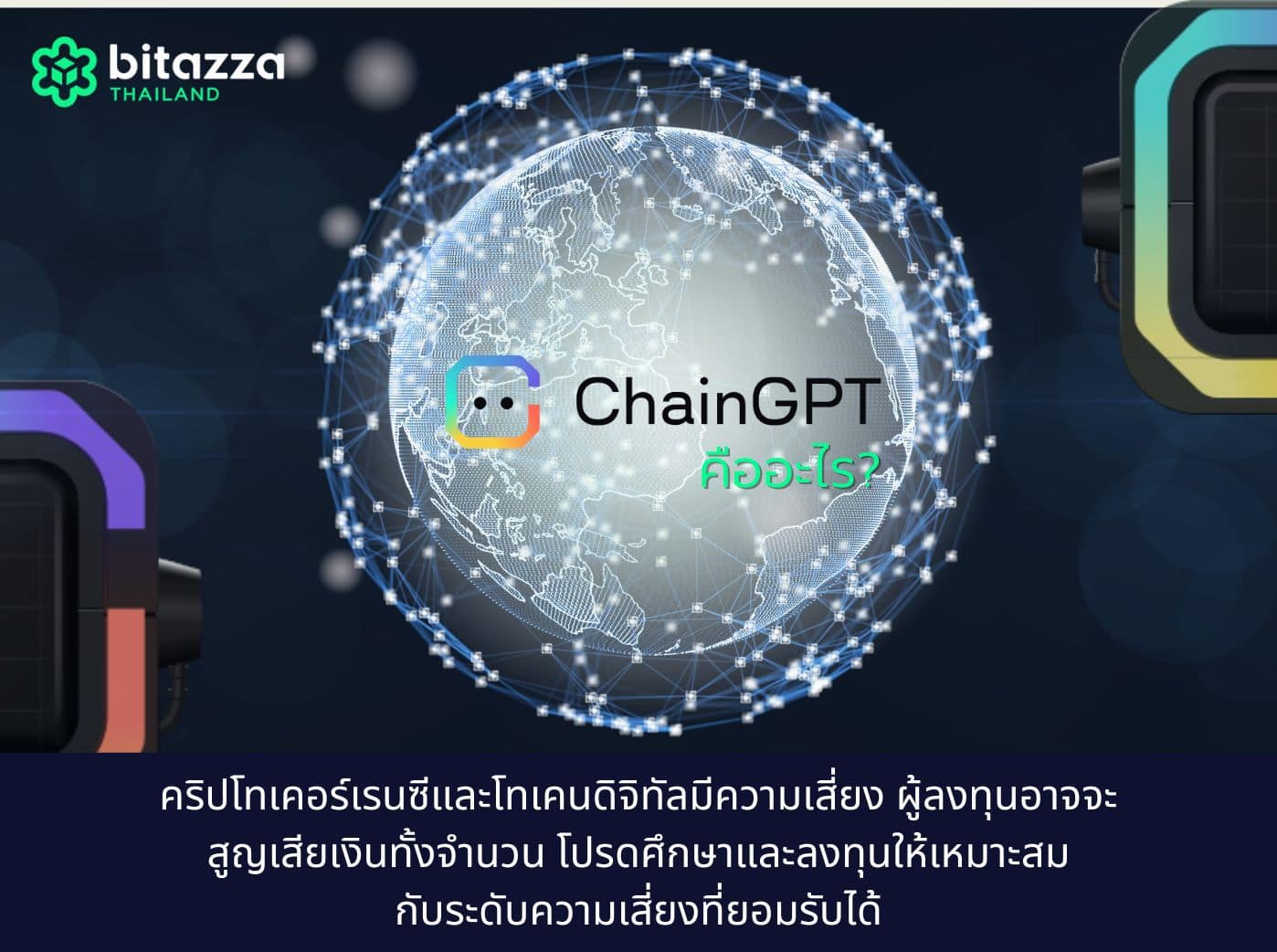
CGPT คืออะไร? รู้จักเหรียญ CGPT และการใช้งานบนระบบ AI
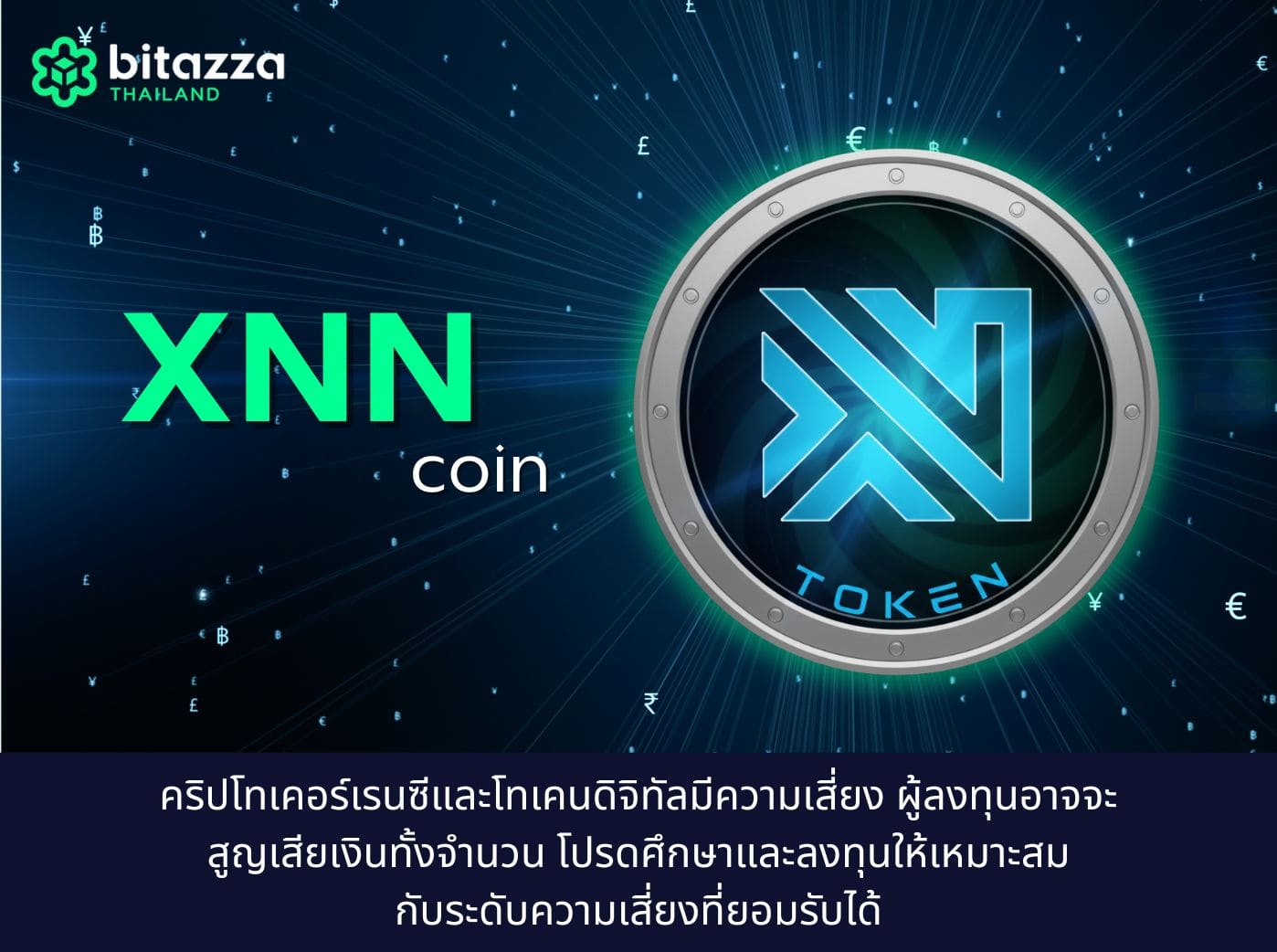
XNN Token คืออะไร? จากฝันการกระจายอำนาจ สู่ Dead Coin
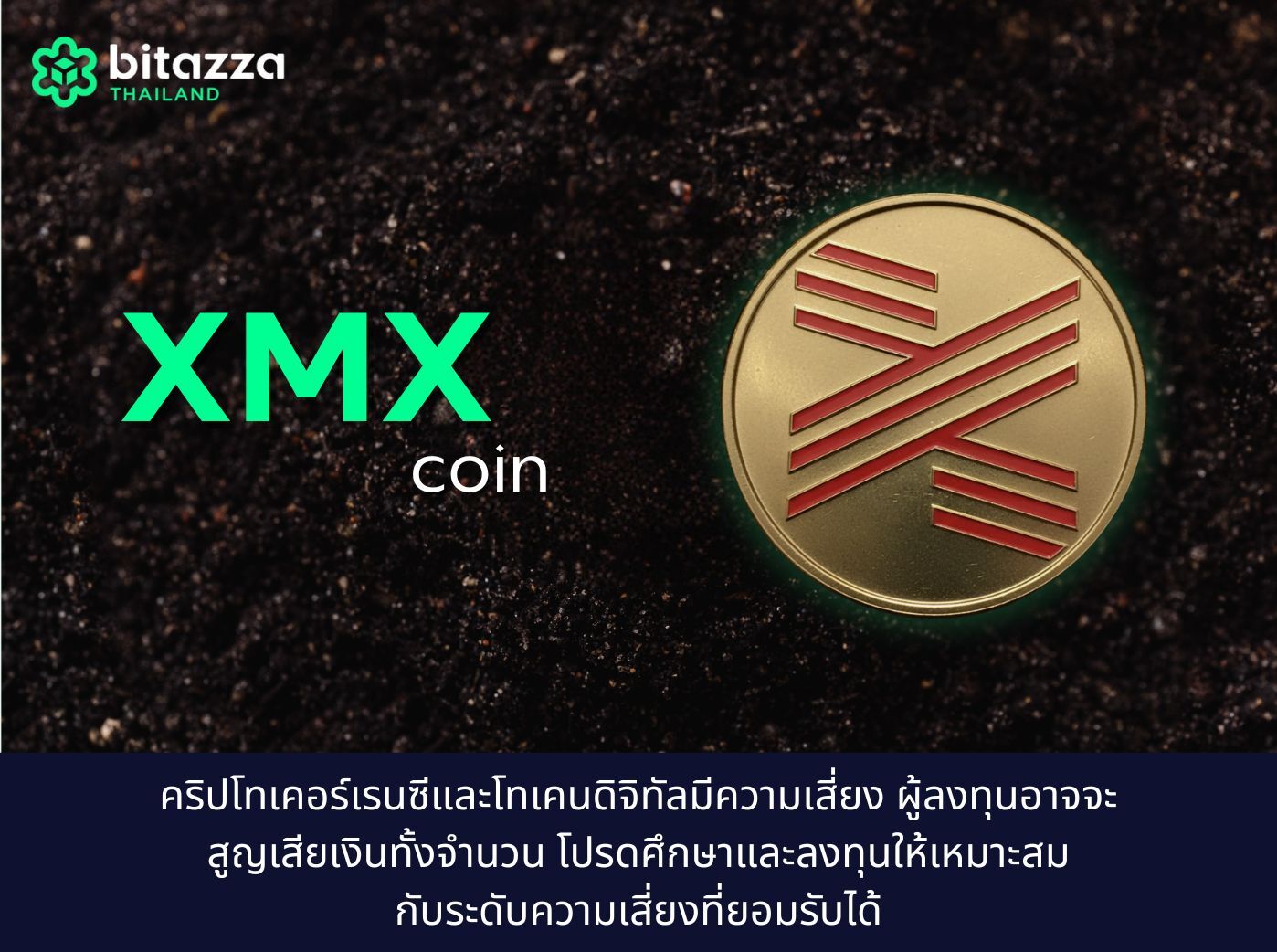
XMX คืออะไร เหรียญลับที่สายคริปโตพูดถึง โอกาสหรือความเสี่ยง
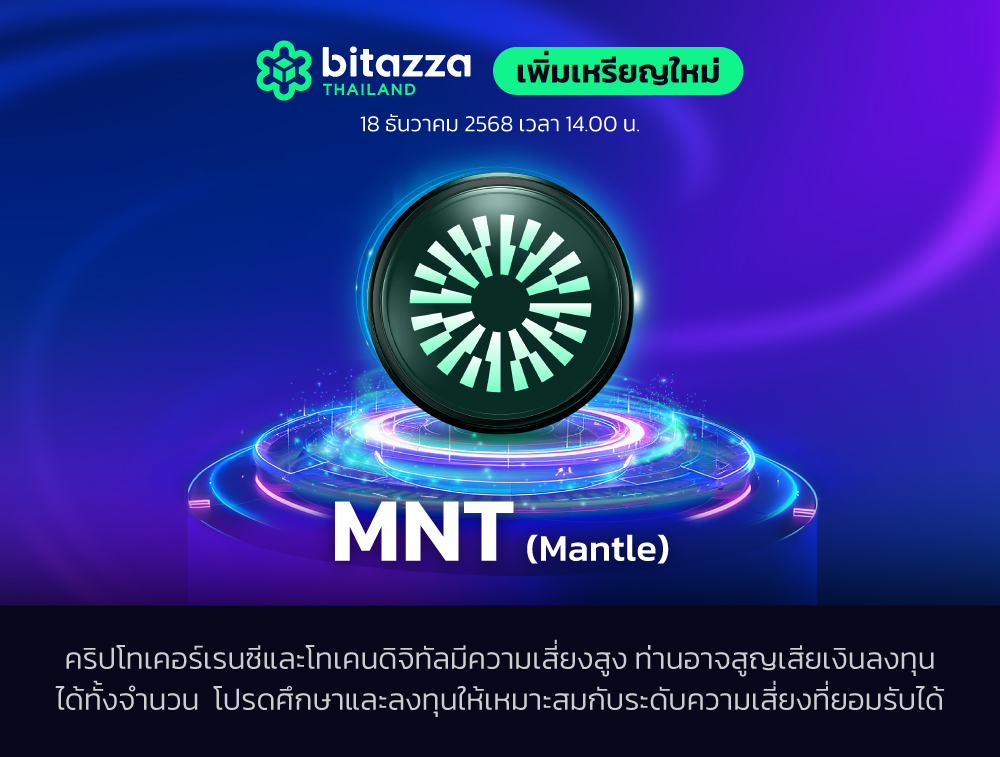
พบกับ Mantle (MNT) สะพานเชื่อมการเงินดั้งเดิมเข้ากับยุคใหม่บน Ethereum
